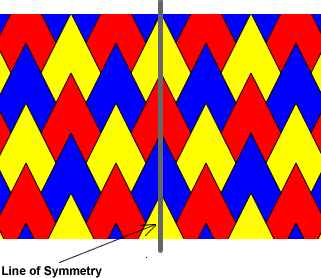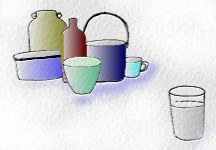
Graphic Design
-Introduction to visual techniques
in advertising
-technical principles
-logos & image
-typography
-motion graphics
-print design
-web design
TECHNICAL PRINCIPLES
Balence: The elements of design converge to create a design or arrangement of parts that appear to be a whole with equalibrium.
-Symmetry: Symmetrical balance is the easiest principle to use. A central axis is drawn in the middle, then you place the element of form on both sides of the axis, like seen through a mirror


-Asymmetry: Asymmetric balance is more difficult to work
with, but creates a better tension in a composition. The form elements are
placed on both sides with variation in size and overlapping. If the composition
gets to heavy on one of the sides, the picture can be out balance.
Contrast (color, size, symbolism, etc): Whenever an element is placed within a format, contrast is created in the various elements. Can be enphasized with contrast in size, shape, color, texture, etc., etc. Offers variety within a visual format.
"Contrast is the most important element
of all graphic design."
-Jan Tschichold, father of modern typography
"Squint to see what jumps out at you."
-Christine Castigliano, Design
instructor
ex. Color contrast
![]()
ex. Scale contrast

Emphasis: Also known as dominance. This condition exists when an element or elements within a visual format contain a hierarchy of visual importance. Emphasis can be made by: isolating an object from others, through contrast, or placement.
ex. isolation emphasis

Rhythm: A recurrence or repetition of one or more elements within a visual format, creating harmony.
Unity: "Oneness," "Harmony," "Gestalt." The condition of completeness with the use of all visual elements within a format. Techniques creating unity: proximity, repetition, and continuation.
ex. Degas. The brush unifies the two sides of the painting.
